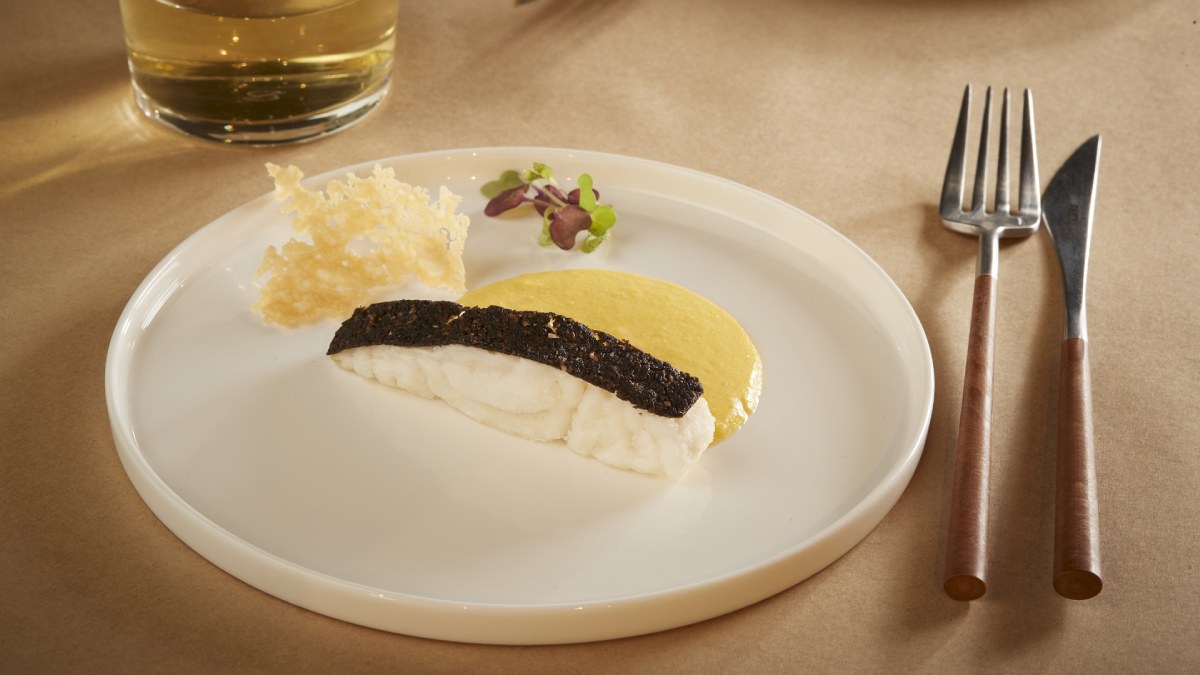Click here to read the Spanish version.
Innovation in the food industry is advancing by leaps and bounds. The latest striking step has been taken by Steakholder Foods, an Israeli company dedicated to innovating with food – especially meat – through technology and the cutting edge. A few weeks ago, it announced that it had achieved “a major milestone in the food industry” by successfully producing the first 3D-printed, cultured, ready-to-cook grouper fish.
Stakeholder Foods was born years ago with the purpose of achieving real meat through laboratory technology, in order to be more sustainable. To do this, they use the combination of advanced biology with cutting-edge 3D bioprinting technology. After advancing in the meat field, they have been researching with fish. That’s why the company has partnered with Umami Meats in Singapore to create this innovative steak, without affecting endangered fish stocks.
Currently working with grouper and eel
The production process is as follows. Umami Meats extracts cells – at the moment they are working only with grouper and eel – and transforms them into muscle and fat. And then, the Steakholder Foods team has worked to create customized “bio-inks” suitable for special 3D printers that optimize the flavor and texture of the printed halibut. This advanced technique results in a fillet that mimics the properties of sea-caught fish.
Although it is not being marketed at the moment, the company expects to be able to do so from 2024, starting in Singapore and then adding new markets, as the regulations in each country are different. In many regions, this type of product is not yet allowed. So we will be watching to see how 3D printed fish and the rest of the food industry in general evolves.

